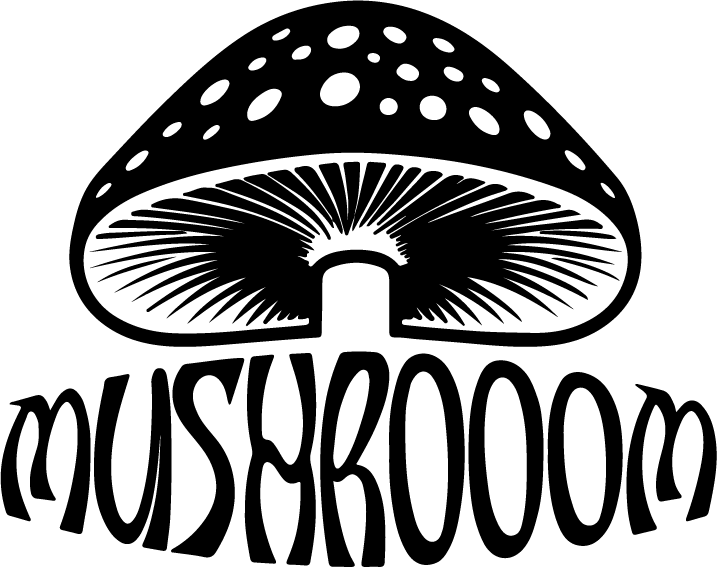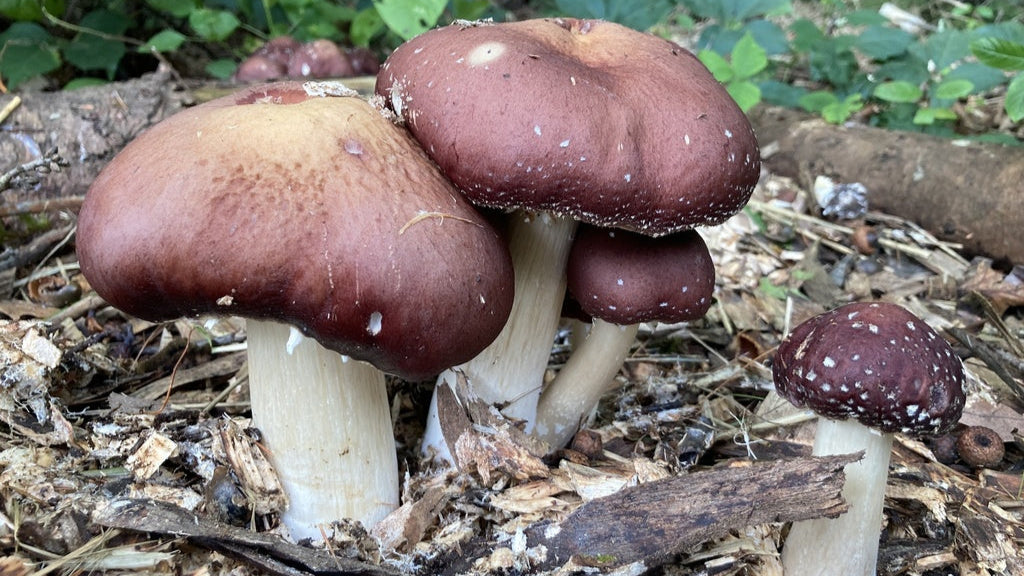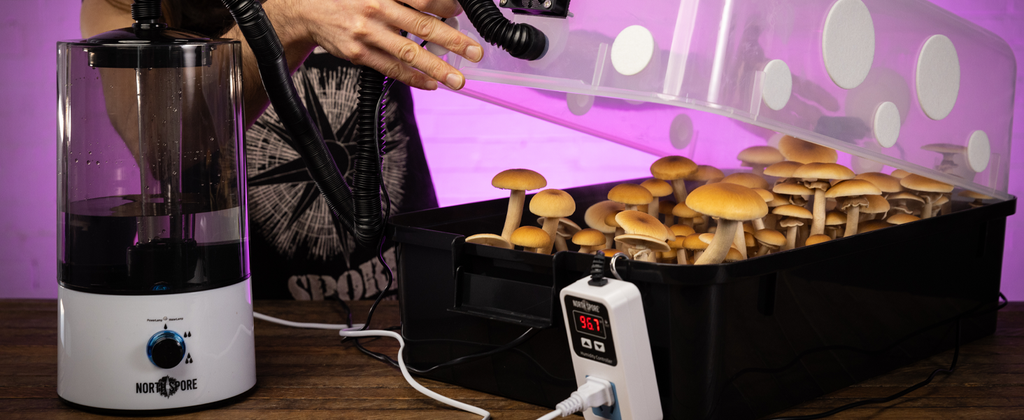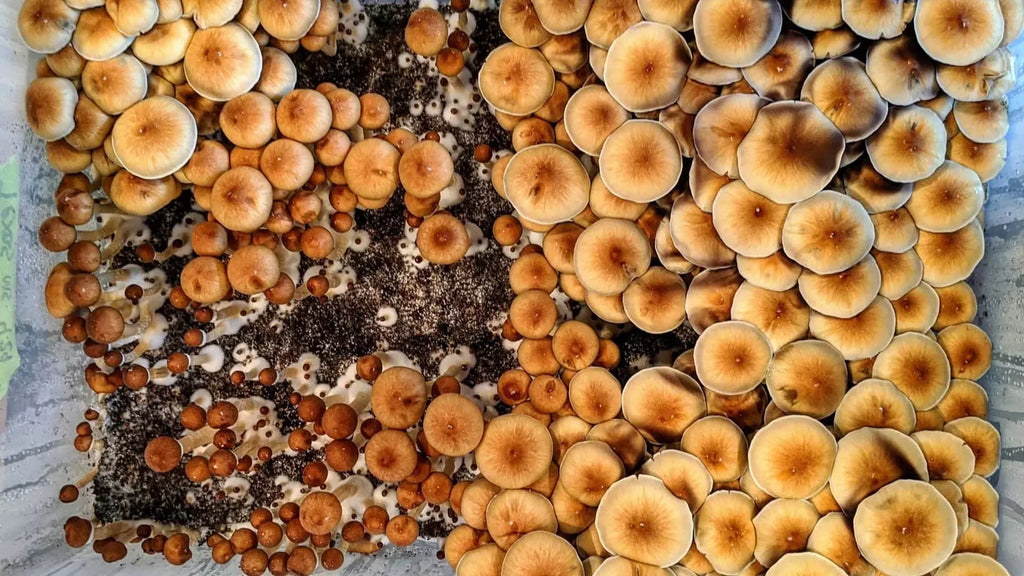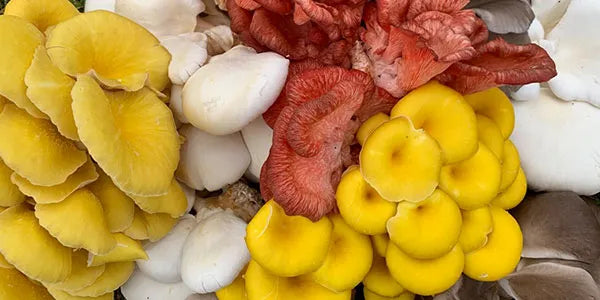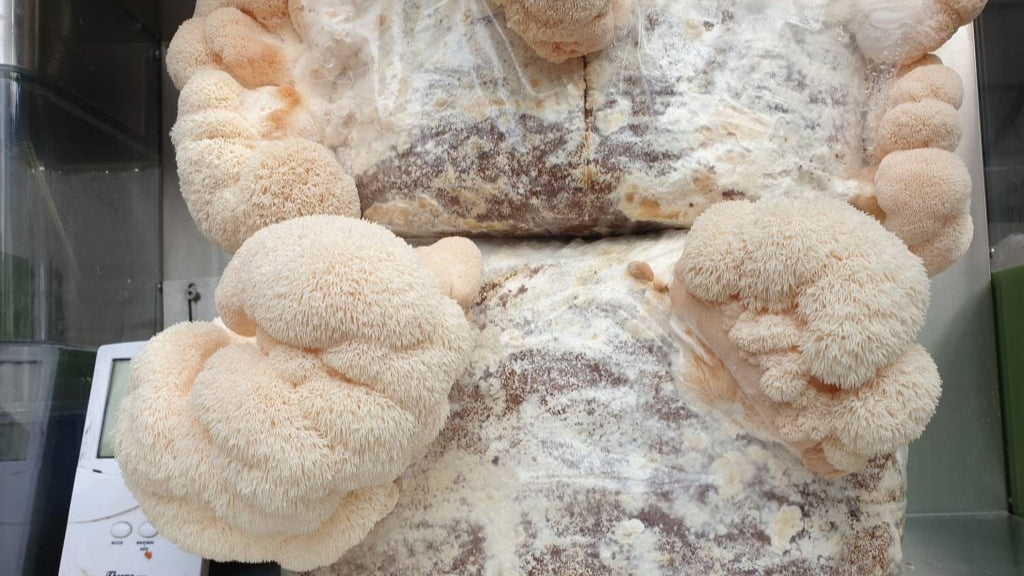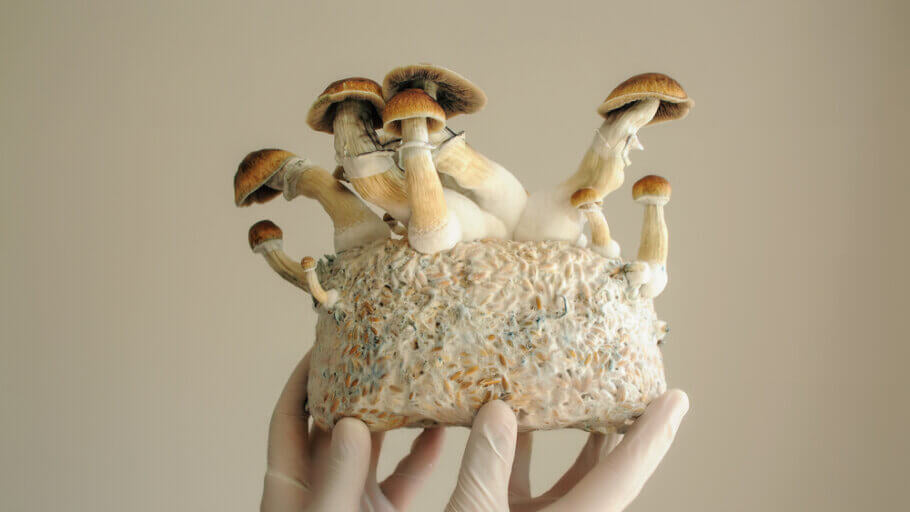
Poor Air Exchange

One of the most overlooked mistakes first-time mushroom growers make is poor air exchange. Mushrooms need the right balance of fresh air exchange (FAE) and humidity to thrive. Too little air, and they grow tall, skinny, and deformed. Too much air, and your substrate dries out before the mushrooms even get started.
In this guide, we’ll break down why FAE is so important, the signs you’re getting it wrong, and the simple steps you can take to dial in perfect airflow.
Why Fresh Air Exchange Matters
Mushrooms breathe just like we do — they take in oxygen and release carbon dioxide (CO₂). In nature, wind and natural airflow remove CO₂ from their environment. But in a controlled grow, CO₂ can easily build up if air isn’t moving.
Without proper FAE:
Long, stringy “legginess” – mushrooms stretch unnaturally tall trying to find oxygen.
Deformed or stunted growth – caps don’t form correctly, and mushrooms look unhealthy.
Lower yields – stressed mushrooms divert energy away from producing a strong flush.
On the flip side, too much airflow strips away humidity, drying the substrate and stopping growth altogether.
Signs of Poor Air Exchange in Your Grow
Watch out for these red flags:
Mushrooms look thin, tall, and fragile instead of thick and meaty.
Caps may be small or oddly shaped.
Growth slows even though moisture and temperature seem correct.
Condensation disappears too quickly, meaning air is drying out the chamber.
If you’re seeing these problems, your FAE balance is likely off.
How to Get Air Exchange Right
The key is balance: enough airflow to remove CO₂, but not so much that humidity drops. Here’s how to do it:
1. Use the Right Fruiting Chamber
Shotgun Fruiting Chamber (SGFC): Holes on all sides allow passive airflow.
Monotubs: Pre-drilled holes with micropore tape or polyfill regulate air movement.
Both systems allow oxygen in while trapping enough moisture to stay humid.
2. Adjust Ventilation Gradually
Loosen or tighten polyfill/micropore tape on monotub holes to increase or decrease airflow.
If using a grow tent, adjust fans to cycle fresh air gently without blasting your substrate.
3. Keep Humidity in Check
Mist walls or substrate only when needed (don’t over-mist).
Look for tiny surface beads of moisture — this means humidity is right.
If surfaces dry out too fast, reduce airflow slightly.
4. Avoid Constant Fanning
Some beginners over-fan their tubs, thinking it improves FAE. In reality, it dries out the surface and stresses the mycelium. Modern fruiting chambers usually provide enough passive airflow on their own.
5. Watch and Adjust
Every grow space is different. The best way to dial in FAE is to observe your mushrooms:
If they’re tall and skinny → increase airflow.
If they’re drying out or stalling → reduce airflow slightly.
Final Thoughts: Balance Is Everything
Fresh air exchange is one of the most important (and most misunderstood) parts of mushroom growing. Too little, and CO₂ chokes your mushrooms. Too much, and your substrate dries out.
The secret is balance: maintain steady, passive airflow while keeping humidity levels high. Once you find that sweet spot, your mushrooms will reward you with strong, healthy flushes.
